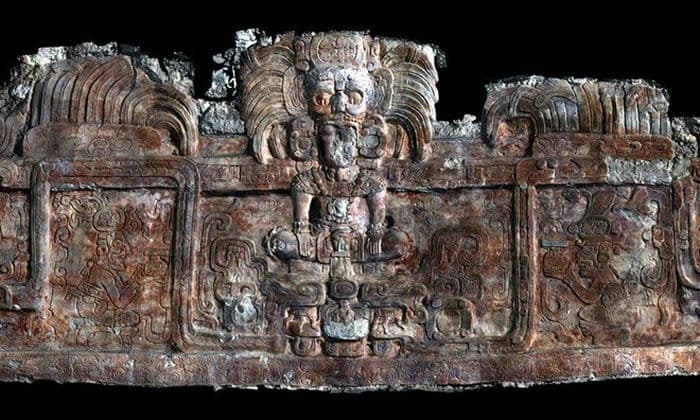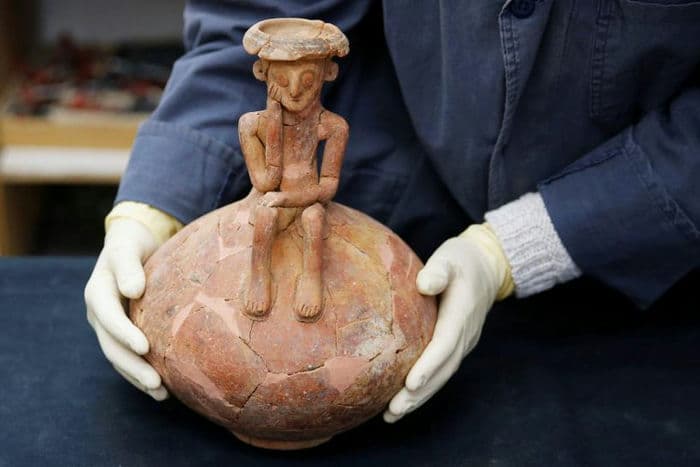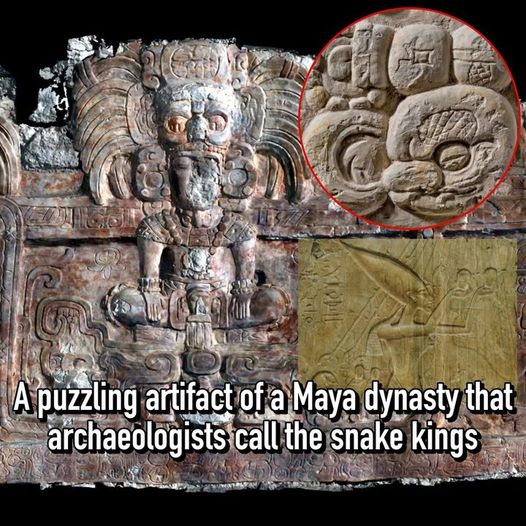A team of archaeologists has made an intriguing discovery of two ancient Maya tombs beneath pyramids in the ancient city of Holmul, located in northern Guatemala. These tombs provide a fascinating glimpse into the lives of the Maya civilization.

Inside the two tombs, scientists uncovered a thigh bone, teeth adorned with jade, and a pendant from a Snake King—a revered figure in the Maya civilization. Archaeologist Francisco Estrada-Belli identified the pendant as belonging to Yuknoom Ti Chan, a sacred king of the Kaanul dynasty according to ancient Maya tradition.

Holmul was once a bustling city during the Classic Maya period (250-900 AD), a time when writing and culture flourished across what is now Central America and southern Mexico. Intense conflicts and power struggles gave rise to the Maya Empire, ruled by the Snake Kings of the Kaanul dynasty. However, within a few decades, the dynasty’s existence faded from memory, leaving only archaeological remains such as those found at Holmul to piece together the story of the Snake Kings.
The Maya civilization stands out as one of the great ancient cultures alongside the Andean civilization. The Maya, a native tribe of the Americas, lived in the Yucatán Peninsula of Mexico around 2,000 years ago. As artifacts continue to be unearthed, researchers believe that ancient Maya kingdoms were established around the first century AD. Most of these kingdoms fell for various reasons during the 9th and 10th centuries.

Only the Maya nation on the Yucatán Peninsula survived until the arrival of Spanish colonizers in the 16th century, which caused significant destruction to Maya heritage.
The story of the Maya civilization is both rich and complex, offering insights into a culture that thrived for centuries. Share this article to spread awareness of these amazing discoveries and the enduring legacy of the ancient Maya.

